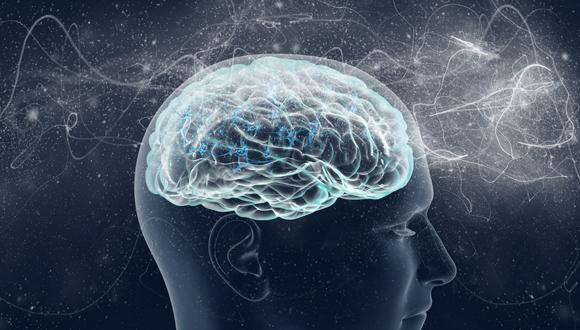How do we “know” from the movements of speeding car in our field of view if it’s coming straight toward us or more likely to move to the right or left?
Credit: Andrew Huberman, UC San Diego
Scientists have long known that our perceptions of the outside world are processed in our cortex, the six-layered structure in the outer part of our brains. But how much of that processing actually happens in cortex? Do the eyes tell the brain a lot or a little about the content of the outside world and the objects moving within it?
In a detailed study of the neurons linking the eyes and brains of mice, biologists at UC San Diego discovered that the ability of our brains and those of other mammals to figure out and process in our brains directional movements is a result of the activation in the cortex of signals that originate from the direction-sensing cells in the retina of our eyes.
“Even though direction-sensing cells in the retina have been known about for half a century, what they actually do has been a mystery- mostly because no one knew how to follow their connections deep into the brain,” said Andrew Huberman, an assistant professor of neurobiology, neurosciences and ophthalmology at UC San Diego, who headed the research team, which also involved biologists at the Salk Institute for Biological Sciences. “Our study provides the first direct link between direction-sensing cells in the retina and the cortex and thereby raises the new idea that we ‘know’ which direction things are moving specifically because of the activation of these direction-selective retinal neurons.” The study, recently published online, will appear in the March 20 print issue of Nature.
The discovery of the link between direction-sensing cells in the retina and the cortex has a number of practical implications for neuroscientists who treat disabilities in motion processing, such as dysgraphia, a condition sometimes associated with dyslexia that affects direction-oriented skills.
“Understanding the cells and neural circuits involved in sensing directional motion may someday help us understand defects in motion processing, such as those involved dyslexia, and it may inform strategies to treat or even re-wire these circuits in response to injury or common neurodegenerative diseases, such as glaucoma or Alzheimer’s,” said Huberman.
He and his team discovered the link in mice by using new types of modified rabies viruses that were pioneered by Ed Callaway, a professor at the Salk Institute, and by imaging the activity of neurons deep in the brain during visual experience.
The collaboration involved Anirvan Ghosh, a former professor of neurobiology at UC San Diego now at F. Hoffmann La Roche in Basel, Switzerland; UC San Diego biologists Alberto Cruz-Martın, Rana El Danaf, Balaji Sriram, Onkar Dhande and Phong Nguyen; and Salk biologists Fumitaka Osakada and Edward M. Callaway. In addition to his roles at UC San Diego, Huberman is also an assistant adjunct professor at the Salk Institute.
Story Source:
The above story is based on materials provided by UC San Diego, Andrew Huberman.





